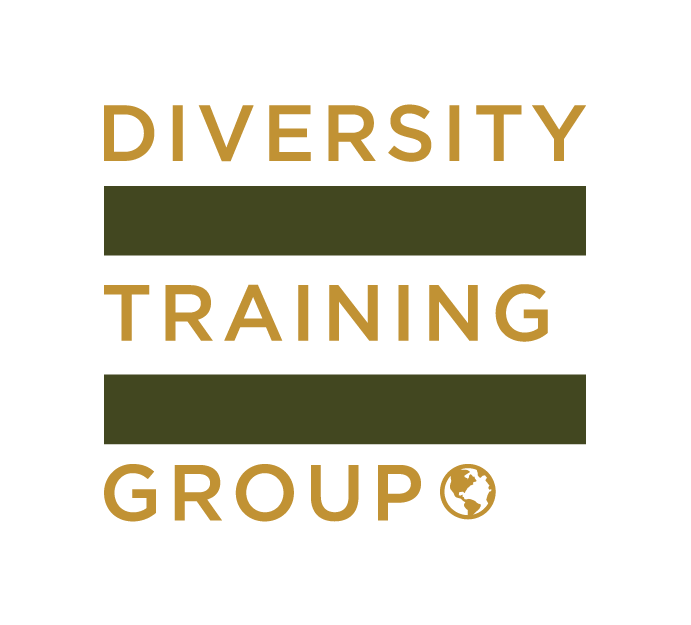Diversity Worst Practices
By Mauricio Velásquez, MBA
President, CEO – The Diversity Training Group
I have been in the diversity-training field for over 25 years and everybody talks about “Diversity Best Practices” today. Well, I think it is time, overdue really, for more conversation and deliberation about Diversity Worst Practices. I suggested this at a recent ASAE (American Society of Association Executives) Diversity Conference and it was very well received and they encouraged me so here goes. I am surprised to find very little in print about this so I am just going to “add to the conversation.” At DTG we tend to be contrarian; we tend to look at issues from many different and often “nontraditional” angles and perspectives. That is really what the diversity field is all about –right? What value do our differences add or bring to the organization?
Lucky 13 Worst Practices
1. Firm has no diversity strategy or plan (addressing recruitment, retention, upward mobility, performance appraisal, and customer/client diversity) and the training is seen as isolated and flavor of the month.
2. Firm has no diversity mission or vision - if you don’t define your diversity destination how do you know when your firm has arrived?
3. Firm has no core values and therefore you have nothing to anchor your training around. There are no guiding principles or code of conduct – anarchy so to speak reigns.
4. Firm is only rolling out “off-the-shelf” diversity training (the training is not custom designed, reflects no needs assessment and is basically “a miss and will not hit the target.”
5. Firm wants to cut straight to training without conducting any kind of a spot audit. They are not talking to anyone in the identified target audience and thus the training is set up to fail. No interviews, no survey, no focus groups have been conducted.
6. Firm is not willing to acknowledge the workplace is changing (labor force), the marketplace is changing (client force) and society-as-a-whole is changing because they have not studied their demographic changes affecting their organization. They still believe “status quo” will get them better and better results – suicide!
7. Firm is not “weaving diversity and inclusion” into the fabric of the organization for there is no mention of diversity in the new hire process, in performance appraisal process, in management and executive development curriculum (if they are still doing this at all).
8. Firm’s definition of diversity is narrow and not inclusive – too focused on “traditional EEO/AA roots of diversity” and really not where the field and the conversation is today.
9. Firm has no Chief Diversity Officer – a part-time or full-time person who is fully dedicated to be the internal change agent, the keeper of the culture of the firm constantly ensuring it is inclusive.
10. Firm has a CDO but all this firm did was promote the highest-ranking minority professional in their ranks (usually from another department) and put them in as a figurehead because that is all they are – they have no diversity education background, no budget, no resources or support and most important no influence or power.
11. Firm does not value the competencies, the skills of being an inclusive manager that values diversity because they don’t ask about these competencies when hiring and promoting and you find no mention of these competencies in their performance appraisal process and it is not rewarded or incentivized.
12. The actual diversity training rolled out is awareness-based only and the training does not provide skills, tools, tips, and intervention methods to actually address, tackle and resolve the emerging diversity issues. This is a total waste of time and money!
13. The actual diversity training is the old past failed formula of “blame and shame” diversity training and this approach alienates the dominant group, attacking them and creating even more backlash and push back to your diversity efforts. DTG is involved in a great deal of “rescue diversity training” still to this day. See our article on “blame and shame diversity training” on our website for more information. The actual diversity training you roll out must be linked to everything I mention above to have the potential for long-term impact. Most important, your diversity training must be skill-based where you are a building a new diversity skill kit or tool kit for your employees, supervisors, and managers and we suggest including skills such as:
• Self-awareness/understanding – “Before you can understand others‟ you must understand yourself first”
• Define and share a common definition of diversity and inclusion
• Coaching- dealing with toxic or difficult people and difficult situations
• Problem-solving
• Conflict Resolution
• Being a change agent, a role model
Ideally, you are not only building your new diversity tool kit or skill kit but you are actually applying and practicing your new tool kit in the workshop. Practice makes perfect. How do you do this? You have identified and developed case studies – issues, problems, emerging diversity-related conflict from your needs assessment or spot audit and you apply your new learning and focus your new skills on the case studies and tackle them and resolve them.
I hope this advances our conversation. I think too many people in our field make this conversation too complicated. We need to distill it down to the simplest parts. I hope I did that for you. Comments, reactions, more worst practices – please share with me!
